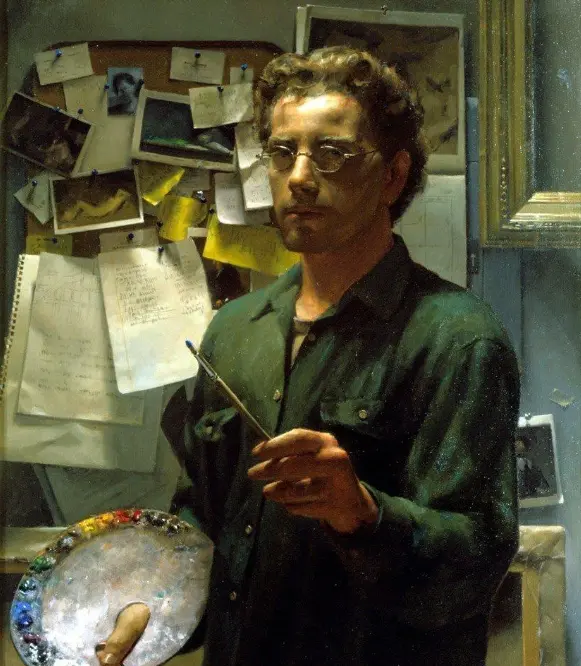There are many popular classic oil paintings in the history of art, such as Da Vinci’s Mona Lisa, Van Gogh’s Starry Night and Munch’s The Scream. These works are widely known for their great popularity and influence. However, there are many other paintings in the art treasure trove that are equally important artistically and historically, but are relatively less well known. In this article, we will lead readers to explore ten such “cold” but definitely worth knowing famous oil paintings, so that we can go into the depths of art history together and discover those underestimated masterpieces.
The Fall of the Rebel Angels by Peter Bruegel Sr.
Peter Bruegel the Elder’s The Fall of the Rebel Angels is an oil painting taken from the Bible’s Book of Revelation, depicting the fall from heaven to hell of the angels who betrayed God in favor of Satan. The painting has an important place in the history of art and is one of the masterpieces of the Northern Renaissance.
As a whole, the painting can be divided into two parts: in the upper part, there are holy angels, wielding swords and possessing white and powerful wings, symbolizing goodness and justice; in the lower part, there are rebellious angels, having lost their wings, symbolizing evil and depravity. Among all the paintings with the same theme, Bruegel’s The Fall of the Rebel Angels is the one with the strongest contrast between the wings of the beautiful and the ugly angels. The righteous angels have white and powerful wings, while the fallen angels have lost their wings, which vividly shows the theme of good and evil.
The painting is not only a visual interpretation of the Biblical story, but also a profound exploration of good and evil in human nature. Through his exquisite skill and rich imagination, Bruegel created an artistic world that is both dramatic and philosophical, allowing the audience to contemplate deeper moral and spiritual issues in the midst of visual shock.
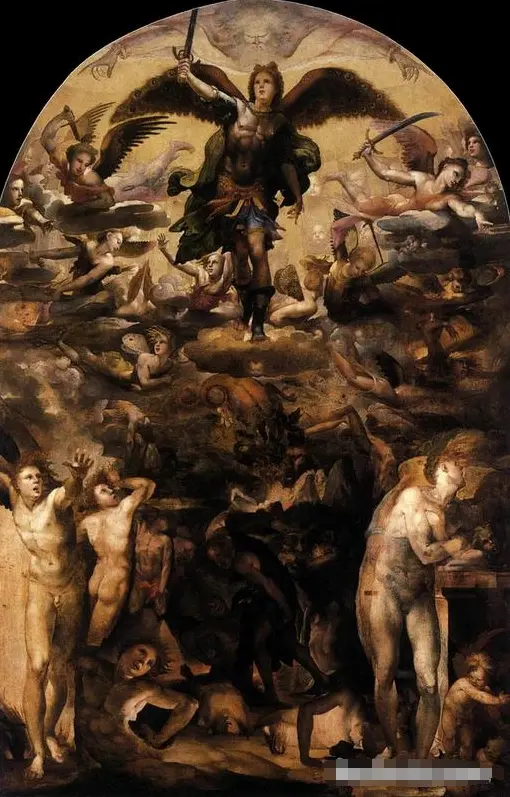
The Grand Courtesan by Jean-Auguste-Dominique Angers
The Grand Courtesan is an oil painting by the French neoclassical painter Jean-Auguste-Dominique Angerer painted in 1814. The painting is a representative work of the aesthetic interest of the popular French upper class at that time, respecting the strict classical style, the subject is the image of the courtesan with the head wrapped in a Turkish-style headscarf.
Engel’s “Grand Courtesan” is famous for its mastery and perfect interpretation of classical aesthetics. The female figure in the painting is elegant and dignified, showing Angell’s understanding and pursuit of classical beauty. This work is not only one of the representative works of Engel’s artistic achievement, but also a typical example of neoclassical art style.
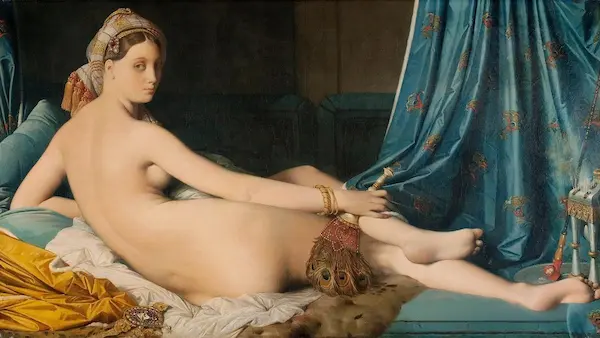
Cézanne’s Still Life
When gaining attention with a painting in a royal exhibition, this artist’s creative masterpiece is widely recognized. This painting was created by Paul Cézanne in 1893 and sold for $60.5 million on May 10, 1999 at the world-famous Sotheby’s New York auction center for the media-rich family known as Whitney. It was rated the 10th most expensive painting of all time by the Museum of Modern Art and the Council of Contemporary Art in New York.
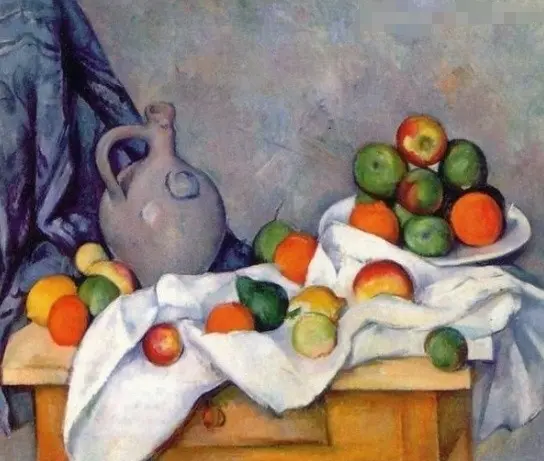
Van Gogh’s Self-Portrait without Beard.
Van Gogh’s Self-Portrait without Beard is one of the masterpieces of Post-Impressionist art. Created in the last years of Van Gogh’s life, it is one of the most iconic of his many self-portraits. The painting sold for $71.5 million on the auction market, making it one of the most expensive paintings in the world.
Van Gogh’s self-portraits are known for their unique use of color and brushwork style. In Self-Portrait without a Beard, Van Gogh shows his unique understanding and expression of self-image through bright colors and powerful brushstrokes. This painting is not only one of the masterpieces of Van Gogh’s artistic achievement, but also a typical example of the Post-Impressionist art style.
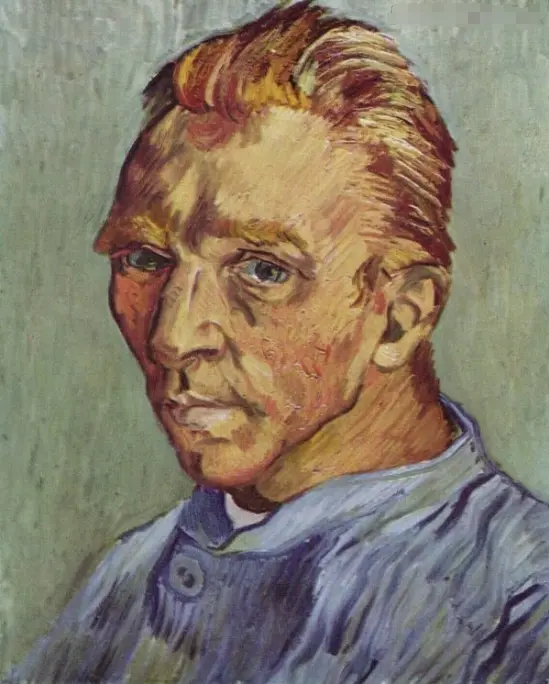
Klimt’s Adelaide.
Willem de Kooning’s Woman III is another masterpiece of abstract expressionist art. Known for its strong expression and unique composition, this painting is one of the most famous works in de Kooning’s “Woman” series.
De Kooning’s artistic style combines abstract and figurative elements, and through the decomposition and reorganization of figures, he creates a visual effect that is both expressive and abstract. Woman III demonstrates de Kooning’s unique understanding and expression of the female figure, creating a visual effect of both power and softness through the use of color and line.
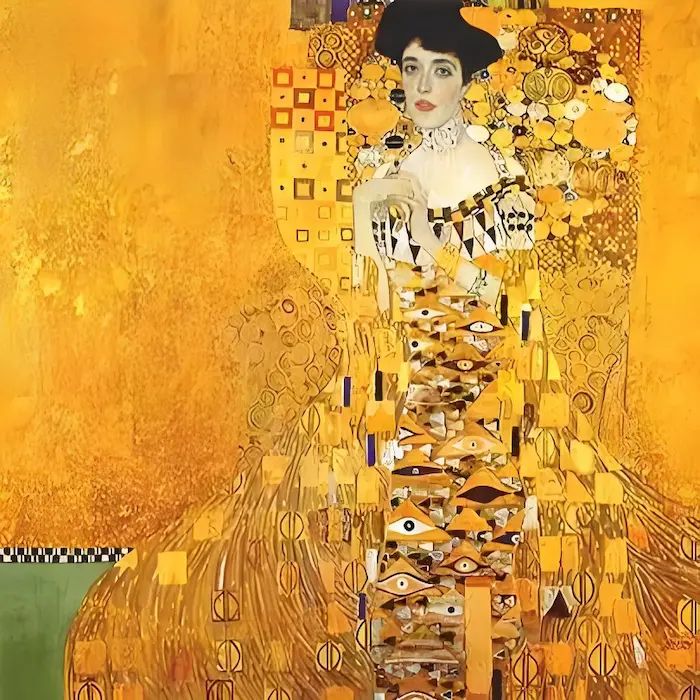
Monet’s Water Lilies
Claude Monet’s Water Lilies series is one of the masterpieces of Impressionist art. The paintings are known for their unique use of color and effects of light and shadow, showing Monet’s unique understanding of nature and the way it is represented. An unknown buyer purchased this Water Lilies at a sky-high price of $80,451,178, and Monet’s artistic achievement has thus once again received widespread attention in the art world.
Monet’s Water Lilies series is known for its unique composition and use of color. In these works, Monet created a poetic and visually striking visual effect by capturing the light and color changes at different moments. These works are not only one of the masterpieces of Monet’s artistic achievement, but also a typical example of the Impressionist art style.

Orange, Red, Yellow by Mark Rothko
Mark Rothko’s Orange, Red, Yellow is one of the masterpieces of Abstract Expressionist art. Known for its simple yet powerful color blocking and composition, this painting is one of Rothko’s most iconic works.
Rothko’s art style emphasizes the perception of color and space, and through the use of color blocks, creates a visual effect that has both visual impact and emotional expression. Orange, Red, Yellow” demonstrates Rothko’s unique understanding and expression of color, and through the arrangement and combination of color blocks, it creates a visual effect that is both balanced and dynamic.
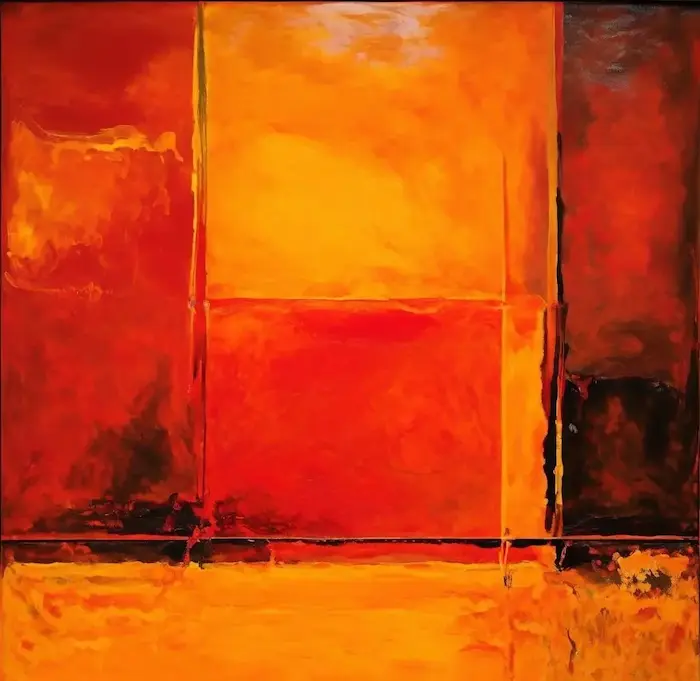
Francis Bacon’s Exercises in Freudian Portraiture
Francis Bacon’s Exercise for a Portrait of Freud is one of the masterpieces of expressionist art. Known for its unique expression and strong visual effects, this painting is one of Bacon’s most representative works.
Bacon’s art style emphasizes the distortion and deformation of forms, creating a visual effect that is both expressive and impactful through the distortion and reorganization of the figure. Exercises in Freudian Portraiture demonstrates Bacon’s unique understanding and expression of the figure, creating a visual effect that is both visually impactful and emotionally expressive through the distortion of form and the use of color.
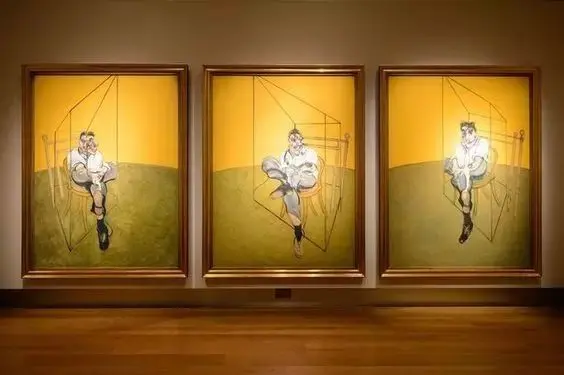
Van Gogh’s Portrait of Dr. Gachet
Van Gogh’s Portrait of Dr. Gachet is one of the masterpieces of Post-Impressionist art. Created in the last years of Van Gogh’s life, it is one of the most iconic of his portraits. The painting gained worldwide fame when Japanese businessman Ryoei Saito auctioned it off for $82.5 million dollars. In order to completely satisfy his love for the painting, Ryoei Saito not only collected it, but also built a museum to display it.
Van Gogh’s Portrait of Dr. Gachet is known for its unique use of color and brushwork style. In this painting, Van Gogh shows his unique understanding and way of representing the figure through bright colors and powerful brushstrokes. This painting is not only one of the masterpieces of Van Gogh’s artistic achievement, but also a typical example of the Post-Impressionist art style.
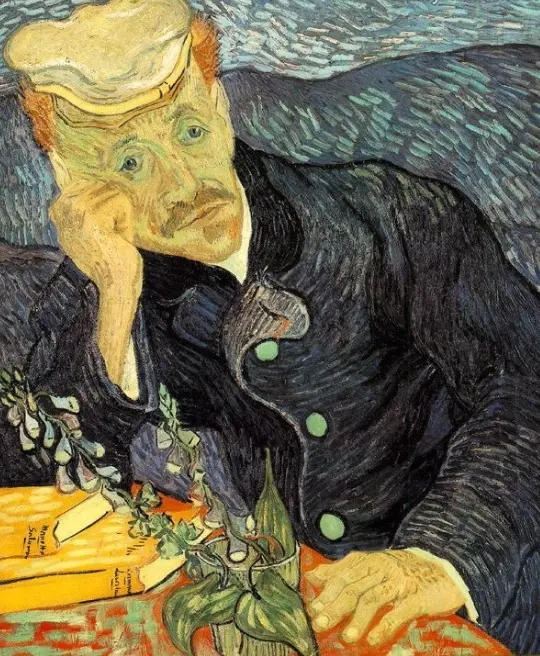
Renoir, “The Ball at Garrett’s Mill.
In the years when the painter lived, the streets of France were crowded with artists of all kinds. The French painter Renoir’s “Ball at the Galette Mill on the heights of Montmartre”, executed in 1876, captivated the art collector Ryoei Saito, who sold it for $78 million at Sotheby’s in New York on May 17th, 1990, and was also lucky enough to own Van Gogh’s “Portrait of Dr. Gachet”.
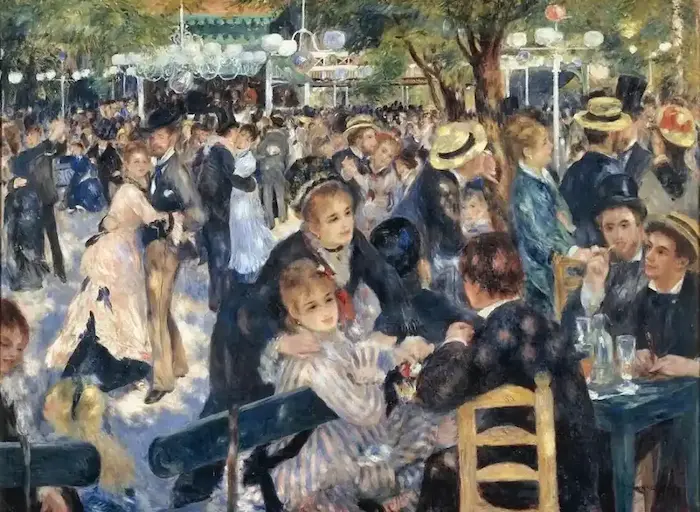
Although the ten “cold” famous oil paintings introduced in this article are not as well known as “Mona Lisa” or “The Last Supper”, they have the same important status and value in art history. From Peter Bruegel the Elder’s The Fall of the Rebel Angels to Renoir’s The Ball at the Garrett Mill, these works demonstrate the personal style and artistic pursuits of different artists, and also reflect the artistic characteristics and social background of different periods.
Through understanding these relatively “cold” famous oil paintings, we can have a more comprehensive understanding of the richness and diversity of art history, and also discover those masterpieces that have been underestimated by history but are also worth appreciating. The charm of art lies not only in those well-known masterpieces, but also in those relatively lesser-known outstanding works. Each work of art has its own unique value and significance, and is worthy of our appreciation, study and contemplation.

